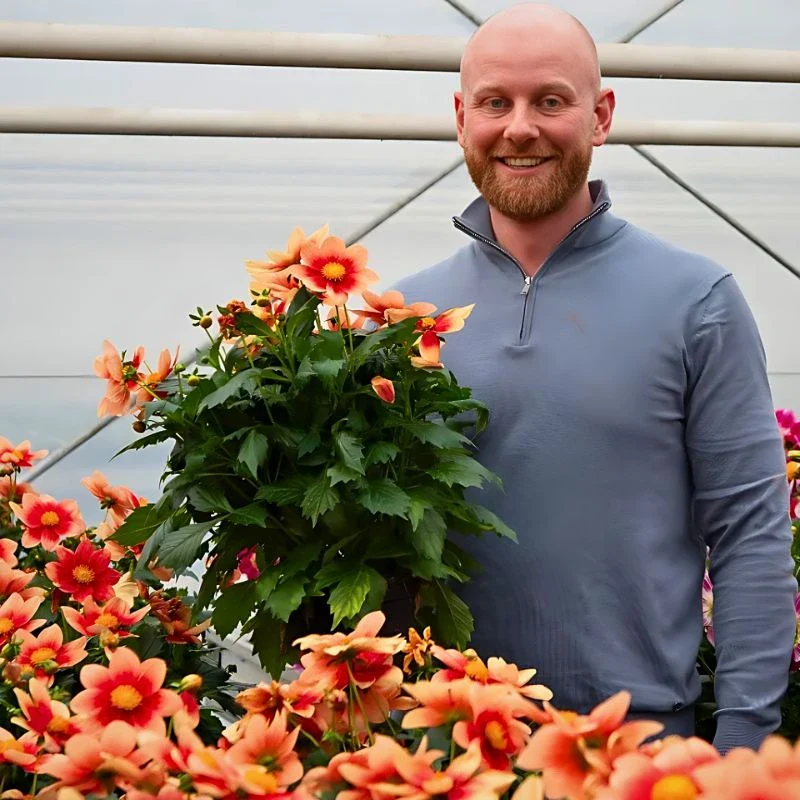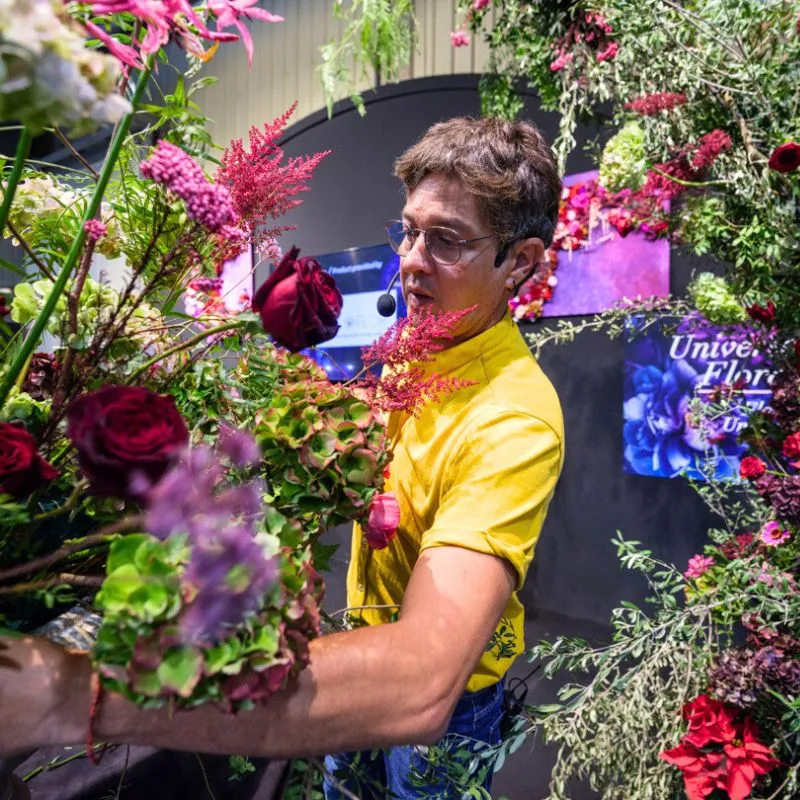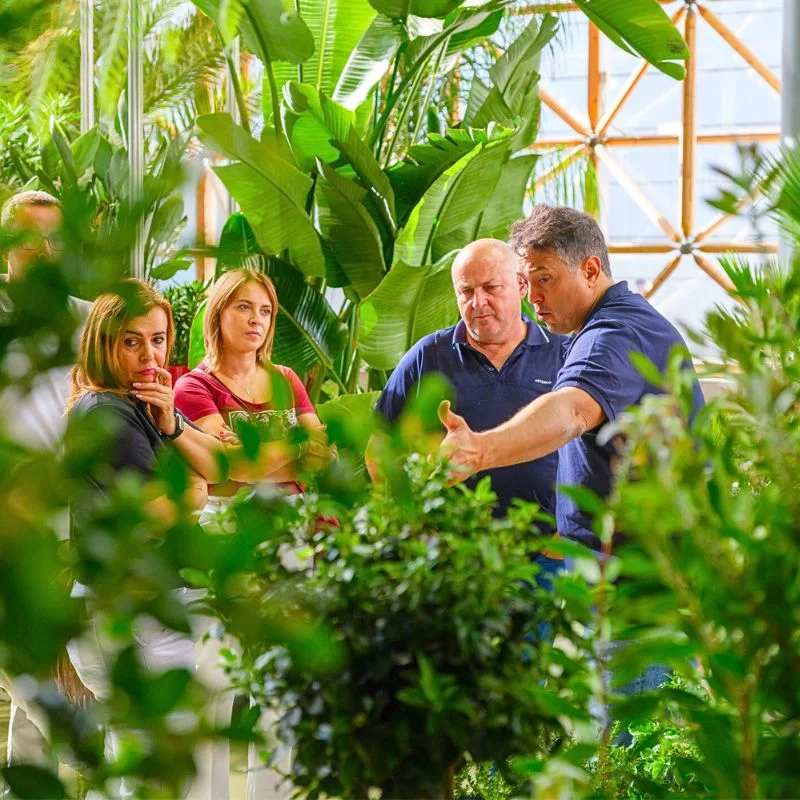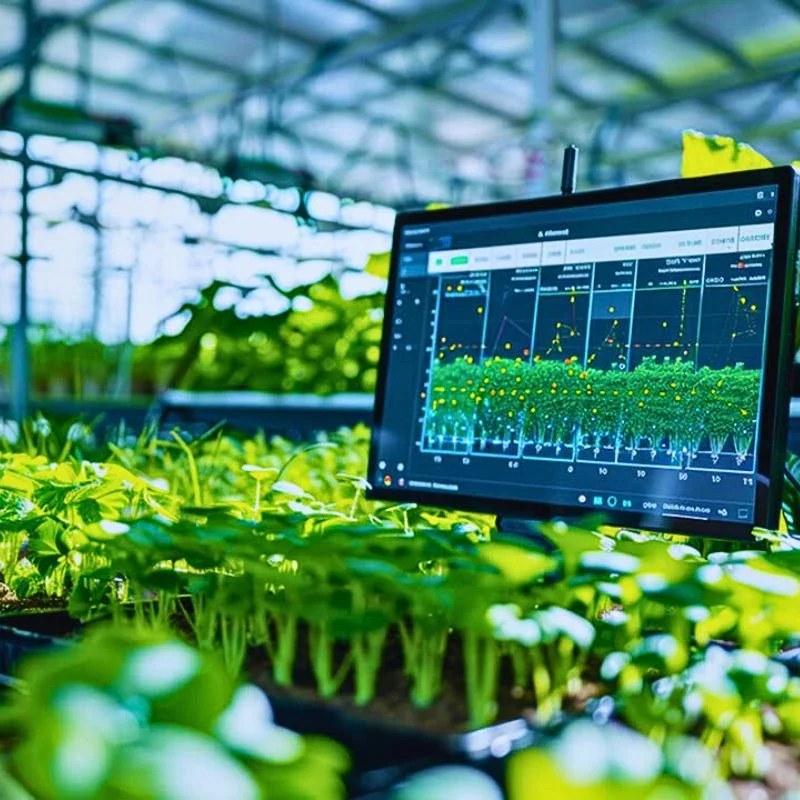Commercial horticulture refers to the practice of growing and managing crops, plants, and tufts of grass for profit. Businesses involved in this industrial sector include fruit and vegetable farms, retail florists, landscaping companies, and nurseries.
The United States is home to an evolving horticulture industry, and it is expected to see significant greenhouse agriculture growth potential in 2024 and beyond. Technology will take center stage in keeping the industry thriving.
Up until now, crop expertise has been lacking, as visible through performance failures. Then, there are external factors that hinder horticulturists from moving forward. In this article, we will focus on how the commercial horticulture industry has evolved and the challenges yet to be overcome. Read more about Innovative Outdoor Spaces: The Intersection Of Horticulture And Home Decks

Evolution and Importance of Commercial Horticulture
In its essence, commercial horticulture is not a recent practice. It has been around since the European Middle Ages. Around this time, traditional agricultural practices were distinct from horticulture, with widespread plant domestication.
Through its early years, commercial horticulture evolved through the process of trial and error. Our ancestors used to observe different plants over time to understand which ones survived under harsh weather conditions.
Gradually, they also observed nasty pests and diseases occurring on plants. To deal with them, methods such as crop rotation, the use of natural predators, and companion planting were adopted.
As centuries have passed, the face of commercial horticulture has changed rapidly. Today, there are so many branches of this umbrella practice, each dealing with a specific aspect. Let’s take a look at some of the widely studied ones:
- Floriculture, which deals with the production of flowers and ornamental plants
- Arboriculture, wherein the focus falls on trees, shrubs, and vines
- Viticulture, which refers to the cultivation of grapes to produce wine
- Olericulture, where the main focus lies on vegetables and herbs
- Pomology, which is the study of fruit crops
Since its early days, commercial horticulture has been important from the viewpoint of food security. While flowers are primarily grown to meet the demand for gifting and decoration, edible ones are used in cooking.
Besides contributing to a balanced diet, commercial horticulture is a major source of income for farmers. It enhances a country’s export potential and helps create employment opportunities. To draw maximum benefits, the horticulture industry is leveraging technologies to increase yield and improve efficiency. However, there are many challenges facing this industry, as discussed in the following sections.

4 Major Challenges the Industry is Grappling With
As per PR Newswire, the greenhouse horticulture market is expected to grow at a CAGR of 7.53% between 2024 and 2028. Such an excellent growth rate is the result of AI advancements and urban demand.
While that is great, there are several obstacles to overcome. Let's look at the four major challenges the commercial horticulture industry is still grappling with.
Resource Availability and Costs
Whether crop production or floriculture, these horticultural practices require different kinds of natural resources like soil, water, and nutrients. Even considerable capital and labor are needed to keep the industrial operations running.
Water is of utmost importance in irrigating crops and fields, but it has been in short supply. Some of the main reasons for this include excessive population growth, climate change, and tough competition with other sectors.
On top of that, commercial horticulture relies heavily on arable land. This is also in low supply due to urbanization and increasing economic activities. As of the last census in 2022, there were around 10,800 commercial flower farms across the country.
The numbers had increased by a whopping 50% compared to the previous census in 2017. Despite that, the supply is low compared to the rising demand.
As for agriculture, Statista states that agricultural land area in the US has only been declining since 2000. There was only a slight increase in 2012, later neutralized by a reduction in farm numbers. Up till 2023, as much as 66 million acres of farmland have been lost.
Whatever resources are available tend to be expensive, especially land and its maintenance. This calls for efficient irrigation practices like drip irrigation, soil preparation, mulching, container gardening, and so on.

Pests and Diseases
Pests and crop diseases have been a top challenge for horticulturists for centuries. Today, additional difficulties in the form of pesticide/herbicide resistance, crop damage, and health risks have emerged. Let’s take the example of pesticides and herbicides designed to kill pests, control weeds, and improve yield.
The problem is that all kinds of pesticides and herbicides have some level of toxicity. Some can be more dangerous than others. Let’s take two examples: Monsanto/Bayer Roundup and Imperial Chemical Industries (ICI) Paraquat.
Both these herbicides have caused much controversy due to deadly health repercussions. Though effective in killing weeds, these herbicides are capable of causing Parkinson’s disease and cancer, respectively. The dangers are such that Roundup and Paraquat lawsuits have been filed against respective manufacturers.
Paraquat is said to be more toxic than Roundup if such a comparison is needed. TorHoerman Law states that the Environmental Protection Agency (EPA) has banned the former in over 30 countries. Even Roundup’s residential-use production has been stopped.
That in itself tells us how dangerous pesticides or herbicides can be. It begs the question as to whether it is worth ingesting something for which farmers have to wear hazmat suits to avoid exposure. If such chemicals are not used, the yield could suffer considerably. The challenge is to develop compounds that are non-toxic but equally effective.
Post-Harvest Management
Due to the era of conscious consumption, customers prefer fresh instead of frozen produce. As per the International Fresh Produce Association, Mexico was the largest exporter of fresh produce to the US in 2023.
There are many reasons driving a high demand for fresh produce, including health benefits, lifestyle changes, desire for exotic fruits and vegetables, etc. Keeping up with this demand is a massive challenge.
It requires advanced storage methods that would keep the produce fresh at all times. Several factors must be considered, including potential demand, post-harvest treatment, and storage conditions.
Even pre-harvest produce management can impact the quality after harvesting. Detailed knowledge and precision quantification tools are needed to maintain freshness. Moreover, another challenge is to carry this process out with minimal energy without compromising the product quality.
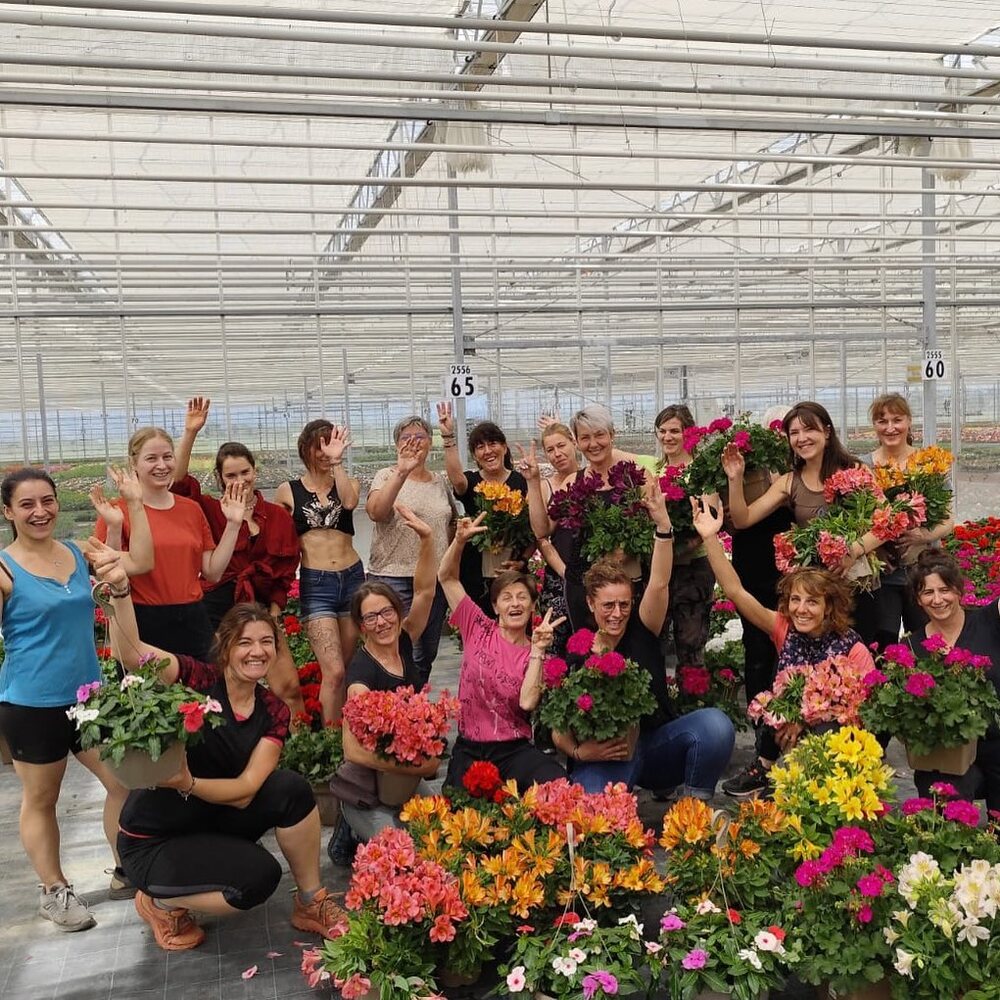
Year-Round Supply
This challenge is closely related to the one we mentioned previously. Consumers today are on the lookout for safe and nutritious produce/cut flowers throughout the year.
This may not be achieved naturally because seasonality is a huge factor in agriculture and floriculture. However, a combination of imports, post-harvesting storage methods, and long-distance transportation may make this possible.
All of this is challenging, to say the least. Given the high demand, farmers must extend the production season and expand the controlled environment. This is a problem from the viewpoint of establishing production systems locally within controlled conditions.
At the same time, it is important to understand yield physiology along with genetic potential. Once the new production systems have been set up, they must be optimized to reduce total energy consumption. Drawing out year-round supplies from seasonal crops is not easy, but farmers also need to take care of rising demand.
It is still difficult to know the exact environmental footprint of the different horticultural practices. Given climate change, the world is progressing towards net-zero horticulture. The realization of this dream depends on innovative production methods and a robust labor force for post-harvest management.
Recent labor reports have shed light on the ongoing labor challenges. Fruit and vegetable farmers are persistently struggling to meet specific labor needs. Costs have increased across various aspects, including wages, shipping, fertilizers, etc. Small-scale farmers are still receiving the same amount as they previously did.
If this continues, safe commercial horticulture would be reduced to a theory. Despite the enormous leaps that this industry has taken in the past, there is still a long way to go.


